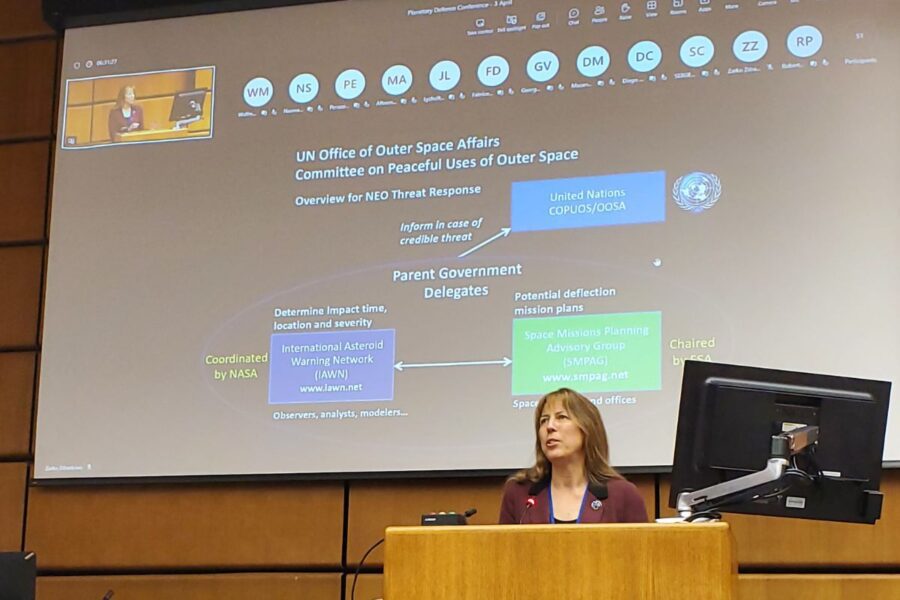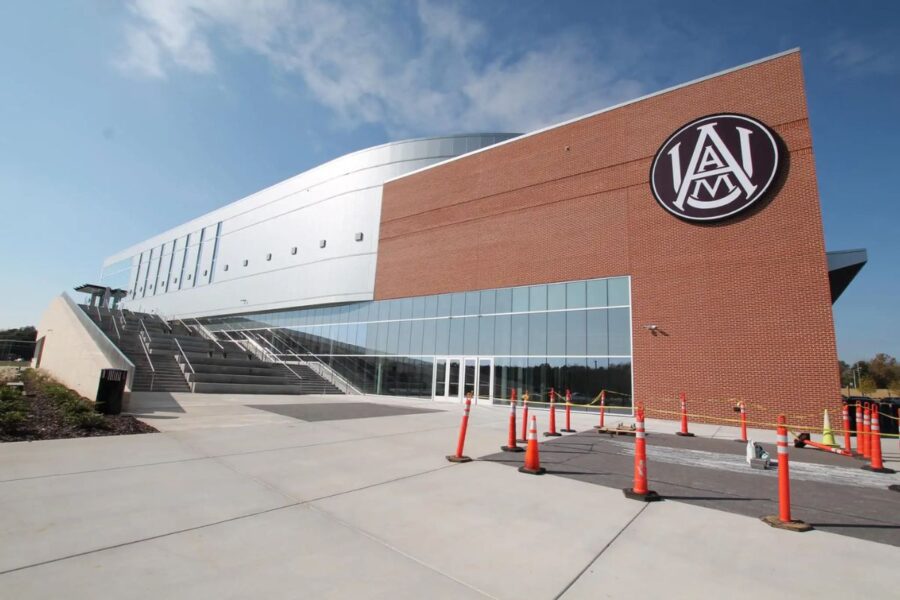Alabama University to Host by NASA: NASA has chosen Alabama A&M University to host the highly anticipated Lunar Ice Challenge, a groundbreaking event that will bring together some of the brightest minds in the field of lunar exploration.
This prestigious event will be held at the state-of-the-art Agribition Center, a venue renowned for its cutting-edge facilities and innovative atmosphere.
As teams from around the world converge on Huntsville, Alabama, they will be put to the test with a series of rigorous challenges designed to push the boundaries of technology and uncover new insights about the presence of ice on the moon.
With a tantalizing prize structure and unprecedented collaborative efforts, the Lunar Ice Challenge promises to be a pivotal moment in the ongoing quest to unravel the mysteries of our celestial neighbor.
Key Takeaways
- Alabama A&M University has been chosen by NASA to host the Lunar Ice Challenge, highlighting the university’s expertise in lunar regolith excavation and resource delivery.
- The event will take place at the state-of-the-art Agribition Center, which offers proximity to NASA facilities, access to resources, and collaboration opportunities.
- The challenge will focus on excavation and transportation, with concrete slabs simulating lunar craters and a gravity-offloading crane to mimic reduced lunar gravity.
- The outdoor challenges in the event are designed to push technology boundaries, address NASA’s technology gaps, and test robots’ capabilities in navigating a lunar surface simulation track and delivering a payload.
NASA Chooses Alabama A&M University for Lunar Challenge Finale
Alabama A&M University has been selected by NASA as the host for the final phase of the Break the Ice Lunar Challenge, marking a significant milestone in the pursuit of innovative solutions for lunar regolith excavation and resource delivery in extreme conditions.
The challenge, launched in 2020, aims to find groundbreaking methods for excavating icy lunar regolith and transporting resources on the moon. By selecting Alabama A&M University’s Agribition Center in Huntsville as the venue for the final phase, NASA recognizes the university’s expertise and capabilities in this field.
This decision solidifies Alabama A&M University’s position as a leading institution in lunar exploration and showcases their commitment to advancing scientific knowledge and technology. The university is now preparing to welcome the six finalists from Phase 2: Level 2, who were announced in December 2023, to compete for the top spot in this exciting competition.

ALSO READ: Alabama House Bill Seeks Increase Compensation for School Board
Agribition Center: An Ideal Venue for Lunar Innovation
With its state-of-the-art facilities and strategic location near NASA, the Agribition Center emerges as the perfect venue to foster lunar innovation in the Break the Ice Lunar Challenge. Managed by the Alabama Cooperative Extension System, this unique facility offers a combination of indoor and outdoor space that is ideal for the challenge.
Here are five reasons why the Agribition Center is the ideal venue for lunar innovation:
- Proximity to NASA facilities: Being located near NASA provides participants with easy access to resources, expertise, and collaboration opportunities.
- On-site capabilities: The center’s large dirt-based indoor arena and surrounding 40 acres of land offer ample space for teams to test and demonstrate their lunar innovation prototypes.
- Collaborative environment: By bringing together participants, experts, and NASA officials, the Agribition Center encourages collaboration, knowledge exchange, and networking.
- Cutting-edge facilities: The state-of-the-art amenities at the center provide participants with the necessary tools and infrastructure to work on their lunar innovation projects.
- Inspiring surroundings: The Agribition Center’s scenic location, surrounded by nature and greenery, fosters creativity and inspires participants to push the boundaries of lunar innovation.
Testing Parameters for Break the Ice Lunar Challenge
The final testing phase of the Break the Ice Lunar Challenge, scheduled for June 10-12, 2024, focuses on excavation and transportation, presenting participants with a rigorous set of testing parameters.
Inside the arena, the six 300 cubic feet concrete slabs will simulate a lunar crater, providing a realistic environment for the finalists’ robots. To mimic the Moon’s reduced gravity, a gravity-offloading crane will be used to lift the excavators.
The teams will have one hour to dig until they reach their robot’s payload capacity. This challenging test will push the limits of the participants’ engineering skills and their robots’ capabilities. It will require precision, efficiency, and adaptability to successfully excavate and transport materials, replicating the conditions of a lunar mission.
Outdoor Challenges and Technological Advancements
Teams participating in the Break the Ice Lunar Challenge will face a series of outdoor challenges that test the limits of their robots’ capabilities and showcase the latest technological advancements in excavation and transportation. The challenge extends outdoors, featuring a custom-built track with lunar surface simulations. Teams must navigate the 300-meter track, delivering a payload and returning within an hour. Performance metrics, including time, distance, and challenges encountered, will be recorded independently.
These testing methods directly address NASA’s technology gaps in excavation and transportation of icy regolith. The outdoor challenges provide an opportunity for teams to demonstrate their robots’ ability to navigate challenging terrain and handle the complexities of lunar surface conditions.
Through this challenge, technological advancements in robotics, excavation, and transportation will be showcased, paving the way for future lunar exploration missions.
- Custom-built track with lunar surface simulations
- Navigation of a 300-meter track
- Delivery of a payload within an hour
- Recording of performance metrics independently
- Addressing NASA’s technology gaps in excavation and transportation of icy regolith.

Prize Structure and Collaborative Efforts
As the Break the Ice Lunar Challenge unfolds, participants have the opportunity to not only showcase their technological advancements in lunar exploration but also compete for a total prize purse of $1.5 million. This substantial amount serves as a powerful incentive for teams to push the boundaries of lunar technology.
The first-place winner will be awarded a grand prize of $1 million, acknowledging their exceptional achievements in this field. Meanwhile, the second-place winner will receive a significant sum of $500,000 for their remarkable contributions. This prize structure highlights the importance and value placed on advancements in lunar exploration by NASA’s Space Technology Mission Directorate.
Moreover, the collaborative efforts between academic institutions and space agencies, such as the Marshall Space Flight Center, further emphasize the collective commitment to advancing our understanding and capabilities in lunar exploration. The selection of the Agribition Center as the host for this challenge underscores their crucial role in fostering innovation and propelling lunar technology forward.
Conclusion Of Alabama University to Host by NASA
Alabama A&M University has been chosen by NASA to host the Lunar Ice Challenge finale, showcasing their commitment to lunar innovation.
The Agribition Center provides an ideal venue for this event, allowing participants to test their technological advancements in outdoor challenges.
With a well-structured prize system and collaborative efforts, this challenge encourages creativity and engagement within the scientific community.
Overall, this event is a testament to the advancements and potential of lunar exploration.

